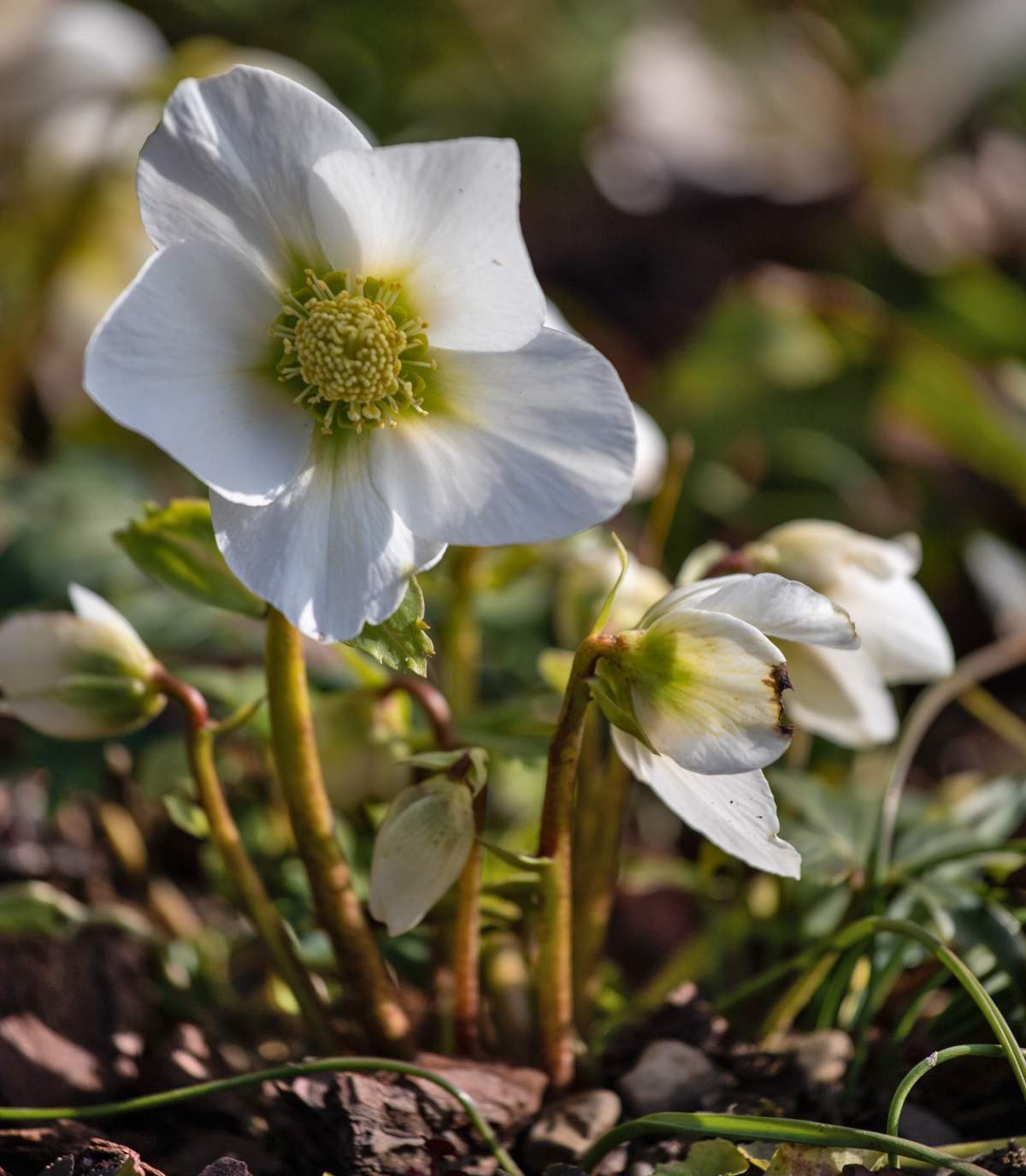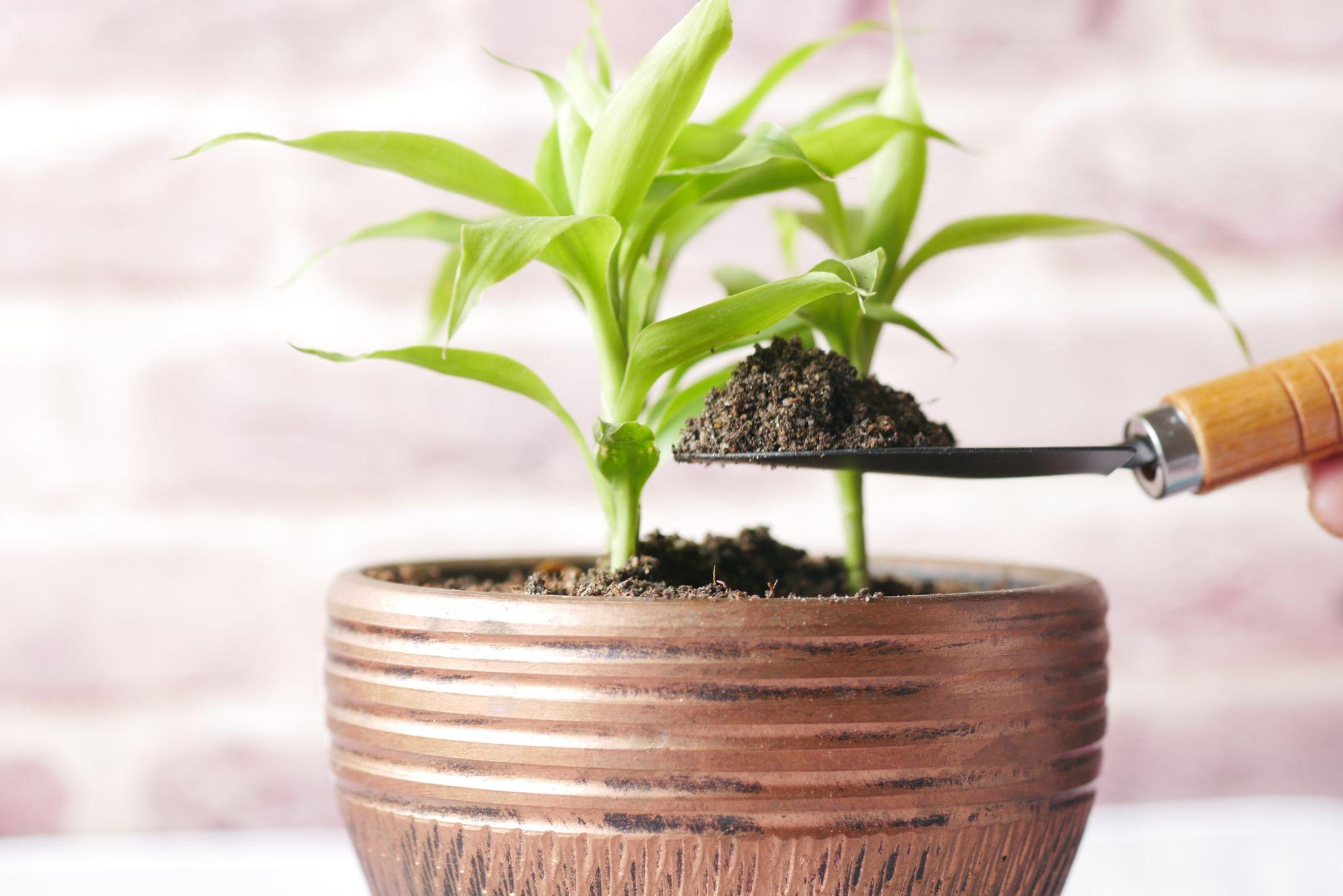Best Soil Mix for Winter Indoor Gardening: Nurturing Your Green Friends

As the winter chill sets in, many of us retreat indoors, seeking warmth and comfort. But what about our green friends? Indoor gardening during winter can be a rewarding hobby, bringing a touch of nature into our homes. However, choosing the best soil mix for winter indoor gardening is crucial for the health and growth of your houseplants. So, are you ready to dive into the world of indoor soil and discover the perfect potting mix for your winter planting adventures? Let's get started!
Understanding Winter Indoor Gardening
Winter indoor gardening is not just about bringing plants inside; it's about creating an environment that mimics their natural habitat. The right soil mix plays a pivotal role in this process. It's like the foundation of a house—without a strong base, the structure will crumble. Similarly, without the best soil mix, your houseplants will struggle to thrive.
Why Soil Matters in Winter
During winter, the indoor environment can be quite different from the outdoors. The air is drier, the light is limited, and the temperature is more consistent. These conditions can affect the soil's ability to retain moisture and nutrients. Therefore, choosing a soil mix that can adapt to these changes is essential for the well-being of your houseplants.
The Best Soil Mix for Winter Indoor Gardening
When it comes to the best soil mix for winter indoor gardening, there are a few key components to consider. A good potting mix should be well-draining, nutrient-rich, and able to retain moisture without becoming waterlogged. Let's break down the essential elements of the perfect soil mix.
Essential Components of a Good Soil Mix
- Peat Moss or Coconut Coir: These materials help retain moisture and provide a light, airy structure to the soil.
- Perlite or Vermiculite: These are lightweight, porous materials that improve drainage and aeration.
- Compost: Rich in organic matter, compost provides essential nutrients for plant growth.
- Sand: Adds weight and improves drainage, preventing the soil from becoming too compacted.
DIY Soil Mix Recipe
If you're feeling adventurous, you can create your own soil mix at home. Here's a simple recipe to get you started:
- 1 part peat moss or coconut coir
- 1 part perlite or vermiculite
- 1 part compost
- 1 part sand
Mix these ingredients thoroughly in a large container. This DIY soil mix is versatile and can be used for a variety of houseplants.
Choosing the Right Potting Mix for Different Houseplants
Not all houseplants are created equal, and neither are their soil requirements. Some plants prefer a well-draining soil mix, while others thrive in a more moisture-retentive environment. Let's explore the best soil mix for different types of houseplants.
Succulents and Cacti
Succulents and cacti are known for their ability to store water in their leaves and stems. They prefer a well-draining soil mix to prevent root rot. A good soil mix for succulents and cacti should contain:
- 2 parts sand
- 1 part perlite
- 1 part peat moss or coconut coir
Tropical Plants
Tropical plants, such as ferns and philodendrons, thrive in a moist, nutrient-rich soil mix. A good soil mix for tropical plants should contain:
- 2 parts peat moss or coconut coir
- 1 part perlite
- 1 part compost
Herbs
Herbs, such as basil and rosemary, prefer a well-draining soil mix that is rich in organic matter. A good soil mix for herbs should contain:
- 1 part peat moss or coconut coir
- 1 part perlite
- 1 part compost
- 1 part sand
Tips for Winter Indoor Gardening
Now that you have the best soil mix for winter indoor gardening, let's discuss some tips to help your houseplants thrive during the colder months.
Light and Temperature
Most houseplants prefer bright, indirect light. During winter, the days are shorter, and the light is less intense. Consider moving your plants closer to a window to ensure they get enough light. Additionally, maintain a consistent temperature between 65-75°F (18-24°C) to keep your plants happy.
Watering
Watering is a crucial aspect of winter indoor gardening. Overwatering can lead to root rot, while underwatering can cause your plants to wilt. The best way to determine when to water your plants is to stick your finger about an inch into the soil. If it feels dry, it's time to water.
Humidity
The indoor air during winter can be quite dry, which can be detrimental to some houseplants. To increase humidity, you can mist your plants regularly, place a tray of water near your plants, or use a humidifier.
Conclusion
Winter indoor gardening can be a rewarding experience, bringing a touch of nature into your home during the colder months. Choosing the best soil mix for winter indoor gardening is crucial for the health and growth of your houseplants. By understanding the essential components of a good soil mix and tailoring it to the needs of your plants, you can create a thriving indoor garden.
Remember, the right soil mix is like the foundation of a house—without a strong base, the structure will crumble. So, invest in the best soil mix for your winter planting adventures, and watch your green friends flourish. Happy gardening!
FAQs
What is the best soil mix for succulents during winter?
- A well-draining soil mix containing 2 parts sand, 1 part perlite, and 1 part peat moss or coconut coir is ideal for succulents during winter.
How often should I water my indoor plants during winter?
- The frequency of watering depends on the type of plant and the conditions in your home. A good rule of thumb is to water your plants when the top inch of soil feels dry.
Can I use garden soil for my indoor plants?
- Garden soil is not recommended for indoor plants as it can be too heavy and compacted, leading to poor drainage and potential pest problems.
How can I increase humidity for my indoor plants during winter?
- You can increase humidity by misting your plants regularly, placing a tray of water near your plants, or using a humidifier.
What is the ideal temperature for indoor plants during winter?
- Most houseplants prefer a consistent temperature between 65-75°F (18-24°C) during winter.


0 Response to "Best Soil Mix for Winter Indoor Gardening: Nurturing Your Green Friends"
Post a Comment